Following more speculation and debate, it was decided that out of the listed interventions in this post, to redesign the report card would be the right way to go. Not because any of the other listed interventions are not as necessary to be taken forward, but because the academic framework of this project (timelines et all), lack of expertise in the field of education (and its systemic understanding as well as the minute details) allow for something that is actionable, doable and is the need of the hour (rather than long term systemic changes which would take immense research and time to pursue).
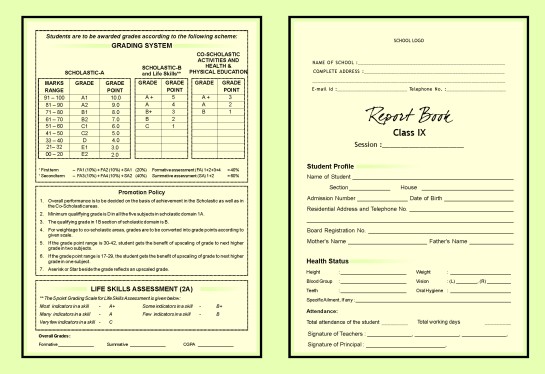
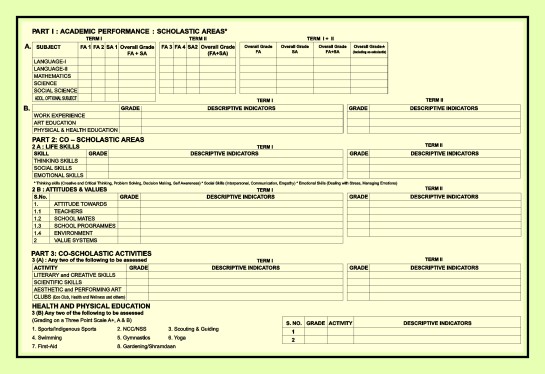 CCE Sample Report Card
CCE Sample Report Card
The Report Card is the primary communication device between the schools and parents about student performance, apart from Parent-Teacher meetings. With the shift to the CCE system, the report card itself has become extremely complicated with numerous attributes being graded and feedback being provided across various verticals in scholastic and co-scholastic areas. A primary level analysis shows that it is a sea of alphabets, which does not provide enough context to understand student learning. There are a multitude of questions that crop up, when one thinks of the report card. Some of them are listed below, and I hope to be able to answer a majority of them with the development of the design of the report card.
- Who is the report card for? Parents? Teachers? Students?
- Do grades give a clear picture of student learning? What are the substitutes?
- What kind of different indicators can be used to communicate performance?
- Performance is never static, it has to be measured over a period of time. Any sort of conclusions or feedback must be based on performance over a period. Is the report card dynamic enough to provide this kind of information to parents?
- How does the report card provide feedback for the student, so as to facilitate progress in learning?
- Wouldn’t it be better for the report card to be a log of performance and conversation with parents and students rather than an end-statement?
- How can teacher’s burden to fill in report cards be decreased? Or can they be motivated to do so? Can we help them find joy? Can it be integrated into their daily routines, inclusive of teaching/school hours?
- Is it possible to connect performance in one area with that in another? Help parents see the connections and possibilities of the direction in which the student is growing?
- How do we communicate negative remarks so they are taken in a positive stride and give direction to parents to help their children cope up?
- What are schools giving feedback on? Time bound assessment? Are other factors taken into consideration, like child background, event at home, etc.? How is periodic assessment seen by parents? Are parents and teachers able to ask the right questions and figure out necessary remedial action based on assessment?
- Is it possible to replace the categorization and labeling that occurs due to assessment with a spirit of collaboration and a mash-up of diverse skills that could be brought together so students can learn from each other?
- Is there a scope for personalization of the report card so as to remove fear from the students’ minds and build in a spirit of active ownership of their education?
Its not just the visual representation of various elements in the report card that is of concern to us, but also the content that goes in and the way it is perceived by parents and students. We want to use the report card as a medium that provides actionable information in an understandable manner to facilitate positive dialogue among teachers, parents and students. It could also be a way to identify and unlock a particular student’s talents. This becomes even more relevant in the scenario where working parents hardly spend time with their children (with the television switched off).
The constraints are many–the biggest of which is the stress on teachers to do an honest and clear job of evaluation and providing feedback, keeping in mind all the other work they have, and their low motivation and poor job satisfaction (in general). Too much information might overwhelm students and parents, too little might not provide the entire picture clearly. These report cards are used across all CBSE schools in the country, and hence cost constraints also would need to be taken into consideration.
All said and done, its an extremely exciting opportunity for me. The complexity of something that is presented on a simple sheet of paper(s) intrigues me to no end.
Getting ready for a deep-dive.
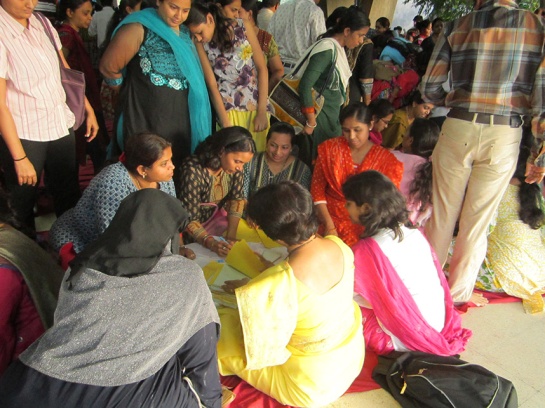
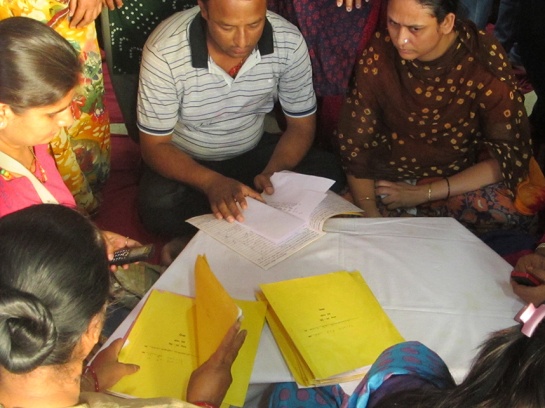 The report books contain student records from the time they joined school, and not just of that year. Since there are no examinations till class 7, all subjects have only descriptive feedback from subject teachers. This feedback is specific to the conceptual level (eg. Long division).
The report books contain student records from the time they joined school, and not just of that year. Since there are no examinations till class 7, all subjects have only descriptive feedback from subject teachers. This feedback is specific to the conceptual level (eg. Long division).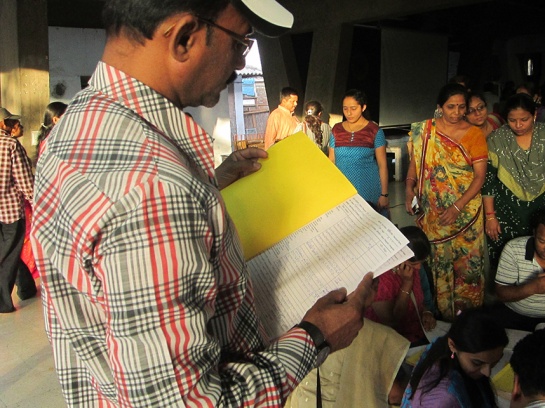 A detailed analysis of the report books shall follow along with analysis of report cards from other schools.
A detailed analysis of the report books shall follow along with analysis of report cards from other schools.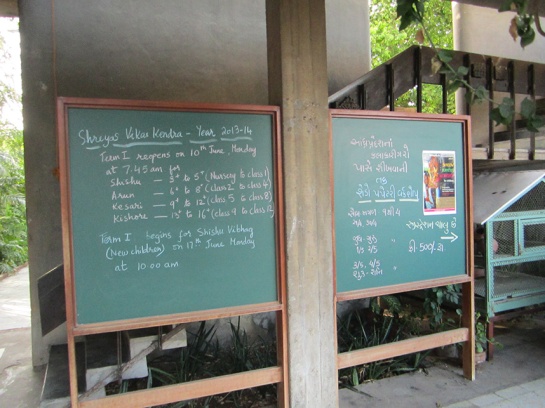

 CCE Sample Report Card
CCE Sample Report Card